1. Gorkana
PR & content outreach
What can it do?
One of the largest PR databases and a comprehensive platform for connecting you with influencers throughout UK-speaking countries, Gorkana has been the secret ingredient of many successful digital PR campaigns I’ve worked on. Handy features such as advanced search functionality and exporting of custom lists take the sting out of promoting your content material to the right names.
When should you use it?
Usually, in the preparation stages of a content marketing or PR launch, you collate a list of outreach targets. In addition, it’s always worth ten minutes of your time a day to dip into the database and read about the latest movements in the PR world to keep your finger on the pulse or update the notes sections of influencers you have built up a rapport with for future reference.
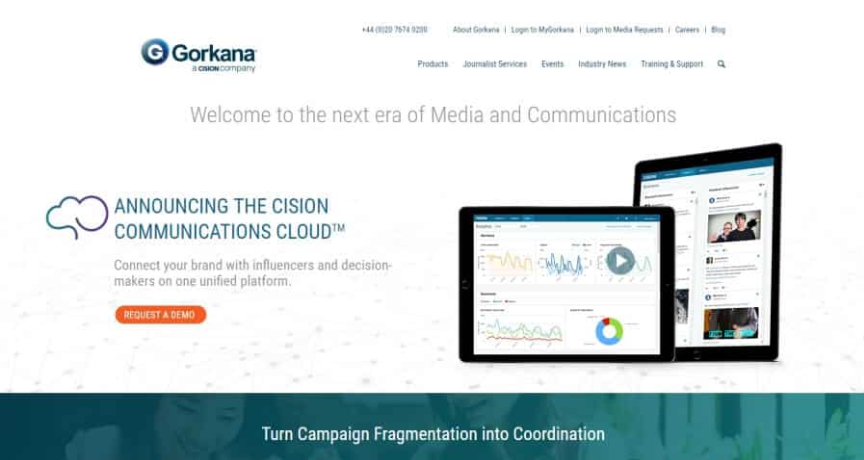
2. VocusPR
PR & Content outreach
What can it do?
I view VocusPR as the baby brother of Gorkana in that it doesn’t quite match the slickness of the usability or depth of the pool of contacts. However, it comes at a lower cost and is a worthy time-saver for busy PR professionals. The tool makes identifying influencers, building correspondence with them, and promoting content to a mass audience at a click an all-around less stressful and more efficient process.
When should you use it?
If you’re serious about amplifying the reach and exposure of your content to high-profile influencers, then there’s never a bad time to use VocusPR. I often raid the database to find prospects by theme and industry sector. Build lists as you go, not just as and when you think they’ll be a handy resource.

3. Buzzsumo
Content discovery
What can it do?
Buzzsumo has improved by leaps and bounds in the past couple of years. It has evolved into a sophisticated vehicle for revealing the popularity of digitally published content by subject, keyword and format to help plan for how you build your own collateral. The system now has an influencer search function baked into it to analyse which high-profile people are likely to share the content in your industry. Having such a wide variety of assets within the same interface makes research tasks quicker and easier to report on internally and with clients.
When should you use it?
It’s most effective before any campaign inspires your content-build process. I like to search for keywords relating to any ideas I have sporadically to assess whether there is mileage in them or to switch focus to a theme prone to generate a greater impact.
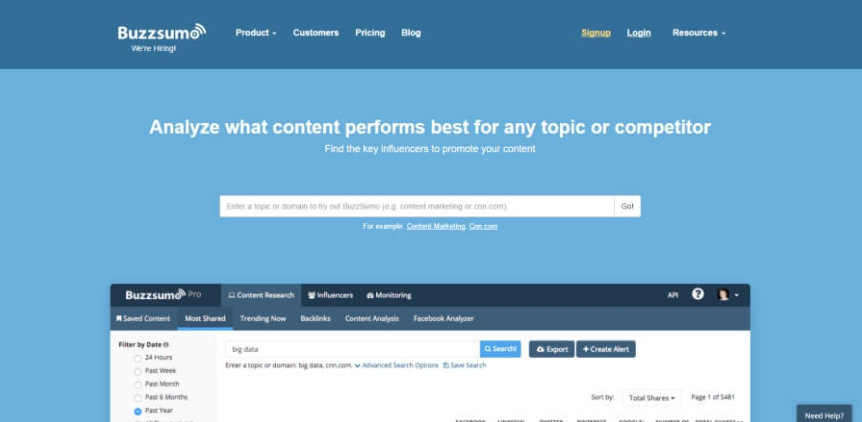
4. Mention
Brand monitoring
What can it do?
A straightforward monitoring tool for tracking your brand’s activity online. It goes without saying that the bigger your brand is, the more activity you can expect to see from the results. Unlike some other social media monitoring tools, there is a premium on accuracy, and I’m also fond of the option to switch off invasive interruptions.
When should you use it?
Set up an email alter and let the magic happen. Unless I’m expecting a huge influx of buzz around a launch I’m working on, I’m satisfied to wait until the end of the day for a mini report and then factor the results into the monthly reporting. A basic membership will send out limited mentions, whereas the professional package gives reams of mentions and the websites they came from.
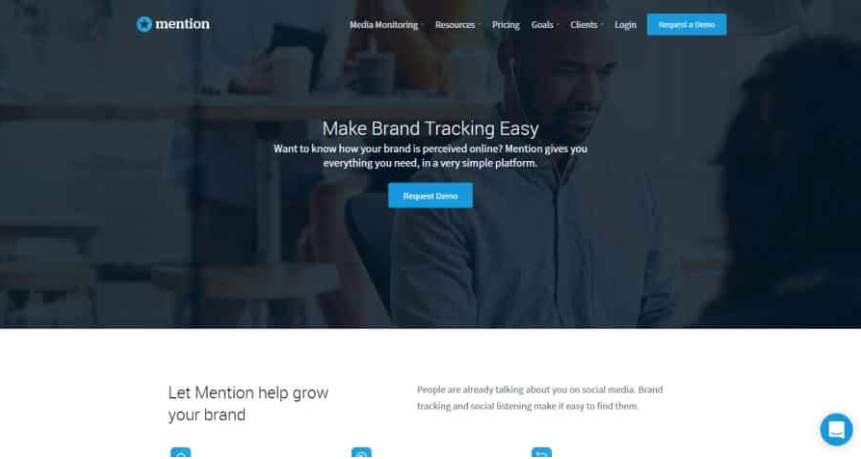
5. SEO review tools
Various tools
What can it do?
I think of this website as my utility belt that I turn to for quick-fire solutions and then return to the task at hand. The main components I use are the on-page word count tool and bulk domain authority checker, mainly when auditing pages and assessing the quality score of link prospects of a high calibre. In addition, there are technical and social tools if those are areas you’re looking into. Best of all, the tool is completely free, and 9 times out of 10 does the job I ask of it.
When should you use it?
As and when required. The site offers standard solutions for content, SEO, technical and social – so a mixed bag.
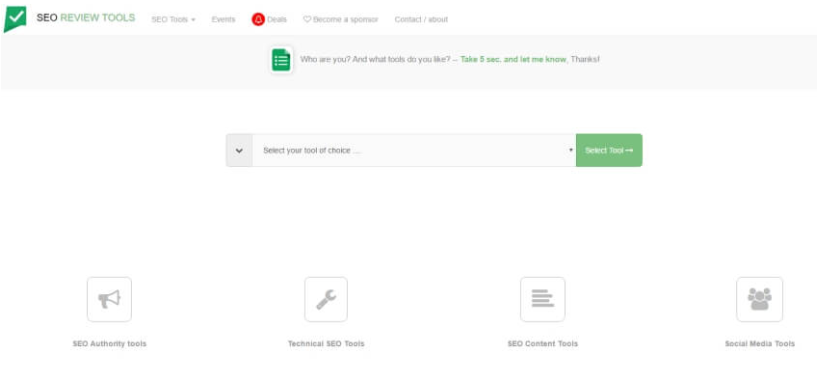
6. SEMRush
Keyword analysis
What can it do?
SEO toys are used in content research, particularly when identifying which pages rank well for any given keyword or phrase. This is the chief reason I spend time putting URLs into SEMRush – to know which pages are more successful than others, and then the analysis of competitor sites can begin.
When should you use it?
During the stages of a competitor website content audit, reveal the keywords each page ranks for, or during the keyword research process for your brand. Despite contrasting views, keywords still matter, and SEMRush is a godsend when it comes to shining a light on opportunities for giving individual pages a clear boost in SERPs rankings.
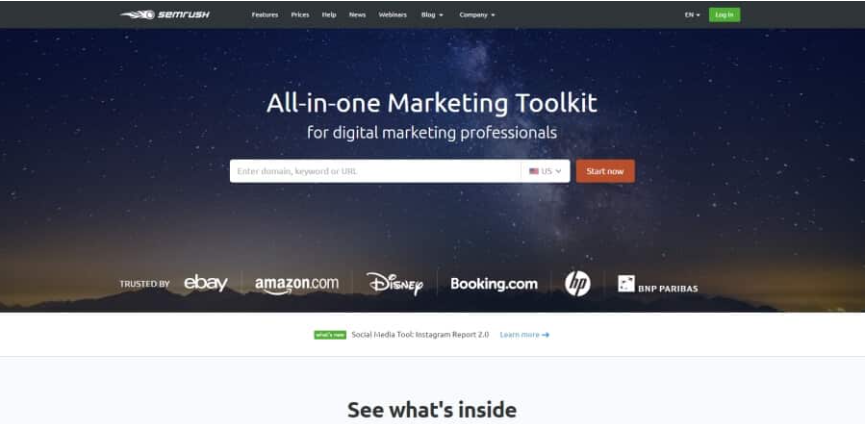
7. Google Analytics
Content performance
What can it do?
If one or more pages within your website are performing below expected standards (which is often the case), then Google Analytics will provide a pathway to the root of the issue. Between the Acquisition and Behaviour segments, there is enough ammunition to solve many content-related problems and keep tabs on how the metrics you track are stacking up. The staple content metrics for me are time on site, sessions, bounce rate and conversion rate.
When should you use it?
Daily, for each website you are looking to improve. I think of using Analytics like looking under the hood of a car during routine service. If you’re familiar with the performance of pages, then it makes life simpler when compiling weekly or monthly reports.
8. Google Sheets
Digital spreadsheets
What can it do?
Simplicity is key. Sharing is caring. Google Sheets lends itself to both. I find this tool to be most useful when creating docs that other team members, and sometimes clients, will need to contribute to. This can be done in real-time, and all updates are saved automatically, negating any need to scout for an Excel spreadsheet within your files and repeatedly save when either party makes new updates.
When should you use it?
Google Sheets is ideal for handling client WIPs and building out research documents when working remotely or from multiple locations.

9. Thesaurus.com
Keyword research
What can it do?
When you’re looking to maximise your keyword repertoire and are short on words, Thesaurus.com will step in to produce a list of contextual results of synonyms. A huge premium is placed on the context of how search results match up with queries, and knowing how to express your brand messaging in a number of ways that resonate with your audience types will signal your intent to Google.
When should you use it?
Flexible for most situations content marketers find themselves in. Whenever writer’s block stops you in your tracks, a great starting point for any large project involving keyword research and general day-to-day editing of other people’s articles and blogs.
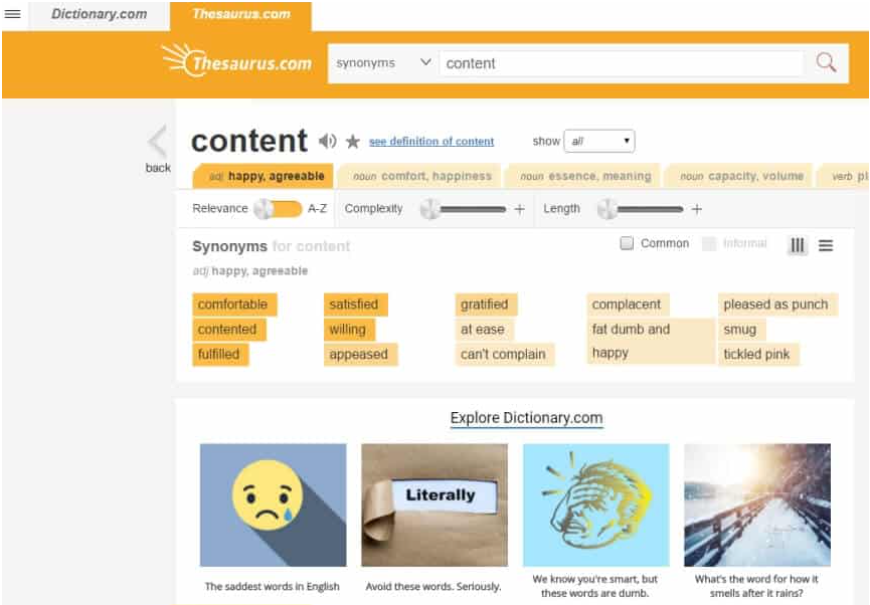
Bonus Entry: Slack
Communications
What can it do?
First, Slack isn’t a content tool but more of a quick-fire messaging system for saving time and the hassle of communicating face-to-face or via phone. So, if, like me, you’re multitasking with content projects regularly, then you can set up channels for each of those and interact with each team simultaneously. Furthermore, the history of each conversation is stored, allowing you to recall previous comments from days, weeks, or months earlier. No more hopping around desks or searching the office for a colleague; using the instant messaging feature in Slack sends out an alert to the recipient.
When should you use it?
As an alternative to short emails and water cooler conversations. And more importantly, at your next internal meeting for producing action points and sharing group docs.
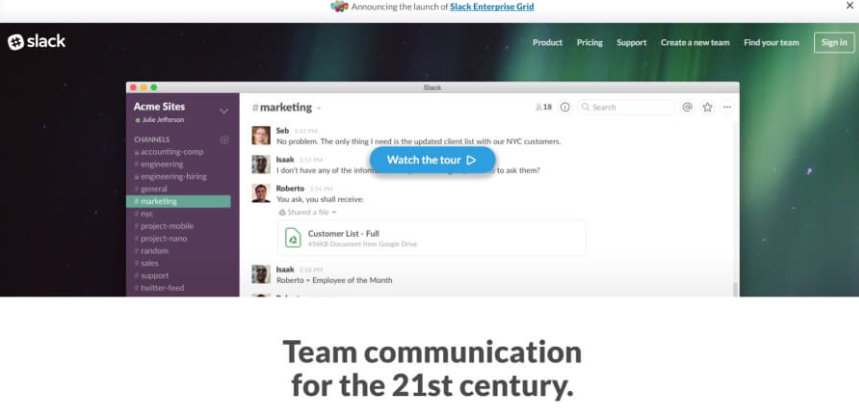
Written by
Brίd Flynn





